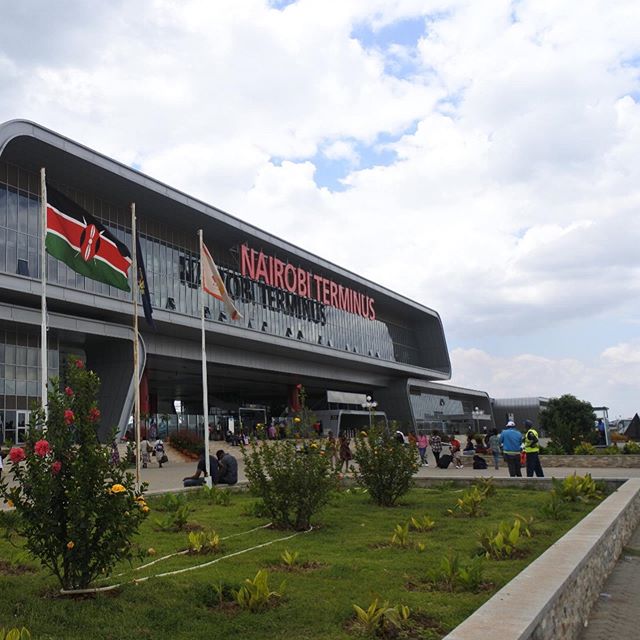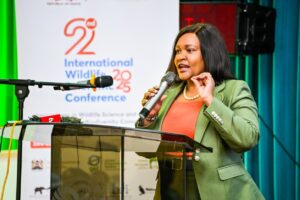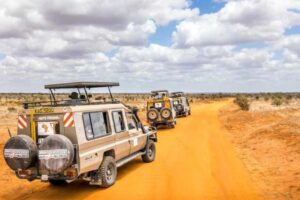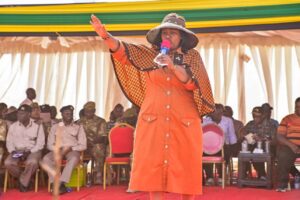Ministry of Transport, Infrastructure, Housing, Urban Development, and Public Works CS James Macharia says Kenyans are misinformed about the ‘extra-ordinary’ grass that costed the taxpayers a whopping Ksh1 billion.
The government found itself on the public opinion frying pan after local media reported that it used Ksh1 billion to import grass that was used to decorate and landscape SGR terminus and bridges.
https://kenyanbulletin.com/2020/02/25/ridiculous-sh1-billion-sgr-grass-makes-kot-go-berserk/
According to Macharia, the grass is a rare species of grass that was developed in a special lab in the Wuhan city of China, and patented as a product for Kenya, said the CS. Right now, Kenya has the most expensive breed of grass in the world, there is no other country with a sober leader that can import grass at a cost of $10,000,000.
How comes the government never mentioned something about importing grass? Was the tender published rather advertised? Which lab in Wuhan City got the tender? Wuhan is the same City that developed the world’s most deadly Weaponized Virus-COVID-19. How safe is the grass or it’s another epidemic waiting to blow on our nose?
In yet another buffoonery excuse from the government, CS Macharia says Kenya holds the patent to the grass and is expected to make up to 12 billion every year in licensing other countries that want to grow the special grass. Which countries? Somalia?
This is coming as a response to an absurd expenditure of public funds. Take, for instance, the airtime allowance for the lead engineer was Sh5 million, for the three years the project was under construction. Even if the China Road and Bridge Corporation (CRBC) engineer was on phone 24 hours every day for the 36 months, the airtime would never have been exhausted.
CS Macharia says that the government invested in the Sh1 billion grass to attract investors. “The grass has been known to attract visitors who board the SGR train just to have a glimpse of it, while cargo transported using the train along the grass receive 3-month extension in shelf life, a further indicator of the magic in the grass.”
According to CS Macharia, the Chinese grass is self-watering and self mowing, hence, cutting on the cost of irrigation and maintenance. He further added that the second batch of grass that was used on the Nairobi – Naivasha section of the SGR was an improved version of the previous type, which possesses the magical ability to not only mow itself but also bale itself into hay! How does that work by the way? I have searched everywhere and there is no such type nor ‘prototype’ of grass?
Taxpayers have been forced to shoulder the burden of the SGR loans because revenues generated from the passenger and cargo services on the track are not enough to meet the operation costs, which are estimated at Sh1.5 billion a month against average sales of Sh841 million.
Peter Gatirau Munya the Cabinet Secretary, Ministry of Agriculture said Kenyans should wait for the locusts to get old and die on their own. Now the Ministry of Transport, Infrastructure, Housing, Urban Development, and Public Works CS James Macharia says the Sh 1 billion grass helps propel the train, reducing fuel consumption by up to 50 percent hence Kenya doesn’t need electricity-powered trains as ours are already very green.












